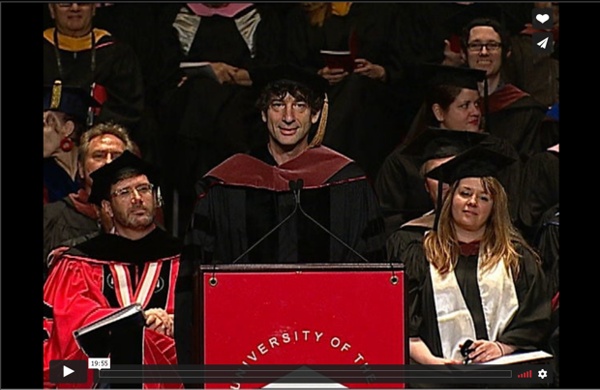



Do not stand at my grave and weep Do Not Stand at My Grave and Weep is a poem written in 1932 by Mary Elizabeth Frye. Although the origin of the poem was disputed until later in her life, Mary Frye's authorship was confirmed in 1998 after research by Abigail Van Buren, a newspaper columnist.[1] Full text[edit] Do not stand at my grave and weep, I am not there; I do not sleep. Author Quote Posters - Design Being around a successful author would surely be exhausting and inspiring in equal amounts. As well as all that wisdom they put into their books, their thought-provoking one-liners would literally be falling out here, there and everywhere. So while you'd beat yourself up for not possessing even a smidgen of that kind of talent, you'd also be maniacally scribbling it all down for dinner party quoting. The rather smart Evan Robertson has created a set of posters that combine iconic author quotes with genius design work. If you don't want at least two of these hanging on your wall then we need to have a serious chat. Tags: books, Design, Posters
Academy of American Poets Maya Angelou was born Marguerite Johnson in St. Louis, Missouri, on April 4, 1928. She grew up in St. Louis and Stamps, Arkansas. She was an author, poet, historian, songwriter, playwright, dancer, stage and screen producer, director, performer, singer, and civil rights activist. Slam Poet Blythe Baird Has a Powerful Message About Rape Culture All Women Need to Hear Blythe Baird is 18 years old. This is her Tumblr. In her poem "Pocket-Sized Feminism," Baird critiques rape culture — which, as she conveys, is no different from the culture in which young women grow up. Her message to women? Speak up. Chaos poem. [Journal of the Simplified Spelling Society, 1994/2 pp27-30 later designated J17] Introduced by Chris Upward A number of readers have been urging republication of The Chaos, the well-known versified catalogue of English spelling irregularities. The SSS Newsletter [later designated J3] carried an incomplete, rather rough version in the summer of 1986 (pp.17-21) under the heading 'Author Unknown', with a parallel transcription into an early form of Cut Spelling.
Button Poetry - Neil Hilborn - "Joey" After Silence by Neil Gaiman - the way out is through